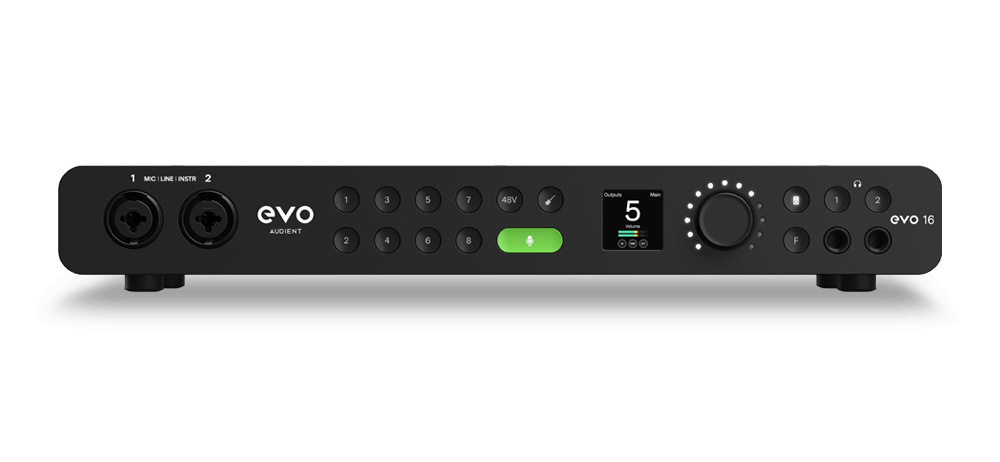Introduction
James Jamerson had such an influence on so many bass players, inspiring people like myself albeit my style is a little different. The deepness of the sound and the smoothness of the lines impressed me on so many records, especially Marvin Gaye’s album “What’s going on” let’s work out how we can recreate his famous sound and style.

The Type of Bass
The Type of Bass
What kind of bass do you need if you want to play Motown style? The answer is very simple – you need the father of all basses, the mighty Fender Precision bass. It doesn’t need to be a Fender, there are many other brands having basses in Precision configuration in their assortment. From low budget to high-quality boutique basses there is something for everyone. If you cannot afford a P-bass at the moment but would like to try at least to get closer to that sound, I suggest playing around with pickup configuration and equalisation. If you have a J bass style you could try to use only the neck pickup and close the tone. You may not get exactly the same sound as with the Precision bass but you can get in the same ballpark.
The Strings
The Strings
Many musicians suggest using flat-wound strings for that kind of style. They create a totally different feeling and are really fun to play. Most of the common string producers also offer sets of flat-wound strings. From my point of view, these ones are slightly more expensive compared to regular round wound strings but they also last longer. Anyway, it is said that James Jamerson used a regular set of round wound strings, which he almost never cleaned or changed. That most likely impacted and influenced the typical deep sound of Jamerson.
The Bass Setup
The Bass Setup
James Jamerson was famous for having a very high action on his bass. Today I see many bass players who try to have low action thinking that would help to go faster and to play better. Remember that the action influences the sound of the bass and also the vibration of the strings. My advice is to try different actions on your bass before you decide what you prefer, not only in terms of playability but also in terms of sound.
Using a foam under the strings next to the bridge is another possibility to create a special sound that will help to fasten the decay of the note letting you get closer to that typical vintage sound. You can try several types of foams; they all have different interactions with the vibration of the strings and therefore different results. Every time you put the foam under the strings remember to tune the bass again.
Home Recording
Home Recording
Lately, I just use my Audient ID44 for home recording, so I would go straight into it with my vintage Precision bass. In order to adjust the sound, it can be important to equalise the sound a little bit.

Usually, I would start with a very flat equalisation adding a small amount of mid frequencies to cut through the mix for the Motown sound. The tone on the bass would be halfway.
Technique
Technique
Jamerson was also famous for using his one finger technique. This technique provides more consistency in the sound of the notes. Although, he probably did not use it on all recordings, he did it on the majority of them. First, try to play an easy bass line with two fingers and then afterward with one. You will notice that there is a difference in the groove and in the dynamic of notes.
Final Consideration
Final Consideration
The best approach is to choose a Motown song that you like and explore the bass lines. Try to recreate it and check how the bass lines evolve. Jamerson also often used open string notes where they usually wouldn’t be expected. Try to notice that also an open string has a different vibe although the note is the same as a fingered one.
It is a lot of fun to play this style for a bass player, check it out!
My influential Motown albums worth checking out:
1. What’s Going On – Marvin Gaye (1971 – Tamla)
2. Innervisions – Stevie Wonder (1973 – Tamla)
3. Reach Out – Four Tops (1967 – Motown)
4. Songs in the Key of Life – Stevie Wonder (1976 – Tamla)
5. Going To A Go-Go – Smokey Robinson And The Miracles (1965 – Tamla)
6. Let’s Get It On – Marvin Gaye (1973 – Motown)
7. Sky’s The Limit – The Temptations (1971 – Gordy)
8. The Nitty Gritty – Gladys Knight And The Pips (1969 – Soul)
9. ABC – The Jackson 5 (1970 – Motown)
10. Talking Book – Stevie Wonder (1972 – Tamla)
11. Street Songs – Rick James (1981 – Gordy)
12. Shotgun – Junior Walker & The All Stars (1965 – Motown)
13. Where Did Our Love Go – The Supremes (1964 – Motown)
14. Heat Wave – Martha and the Vandellas (1963 – Gordy)
15. United – Marvin Gaye and Tammi Terrell (1967 – Tamla)
16. Fulfillingness’ First Finale – Stevie Wonder (1974 – Tamla)
17. I Heard It Through the Grapevine – Marvin Gaye (1968 – Motown)
18. Diana – Diana Ross (1980 – Motown)
19. The Temptations Sing Smokey – The Temptations (1965 – Gordy)
20. Four Tops’ Second Album – Four Tops (1965 – Motown)
21. More Hits by The Supremes – The Supremes (1965 – Motown)
22. Commodores – Commodores (1977 – Motown)
23. You’re All I Need – Marvin Gaye and Tammi Terrell (1968 – Tamla)
24. Can’t Slow Down – Lionel Richie (1983 – Motown)
25. II – Boyz II Men (1994 – Motown)
26. My Cherie Amour – Stevie Wonder (1969 – Tamla)
27. Four Tops – Four Tops (1965 – Motown)
28. Diana Ross – Diana Ross (1970 – Motown)
29. Psychedelic Shack – The Temptations (1970 – Gordy)
30. Watchout! – Martha and the Vandellas (1966 – Gordy)

About the author
Marco De Ritis is an Italian bass player and music producer. Played in several Italian acts of different musical styles from Death Metal to Blues with international touring experience (Dog Byron, CorpseF. Art) He is currently based in Berlin where he is focusing on electronic production and continuing his activity as session musician.
Our Products
-

Interfaz de audio 2 entradas | 2 salidas
-

Interfaz de audio 10 entradas | 6 salidas
-

10in | 14out Audio Interface
-

Interfaz de audio 20 entradas | 24 salidas
-

24in | 32out Audio Interface
-

Interfaz de audio 10 entradas | 14 salidas
-

Interfaz de audio 10 entradas | 4 salidas
-

Interfaz de audio 2 entradas | 2 salidas
-

Interfaz de audio 4 entradas | 4 salidas
-

24in | 24out Audio Interface
-

Todo lo que necesitas para empezar a grabar
-

8 Channel Smart Preamp with AD/DA
-

Previo de micro y ADC de 8 canales
-

Previo de micro y control de tono de 8 canales
-

Consola de grabación analógica modular
-

Small Format Analogue Recording Console
-

Small Format Analogue Recording Console
-

Immersive Audio Interface and Monitor Controller
-

Controlador de sobremesa para monitores
-

Controlador de monitores de sonido surround


